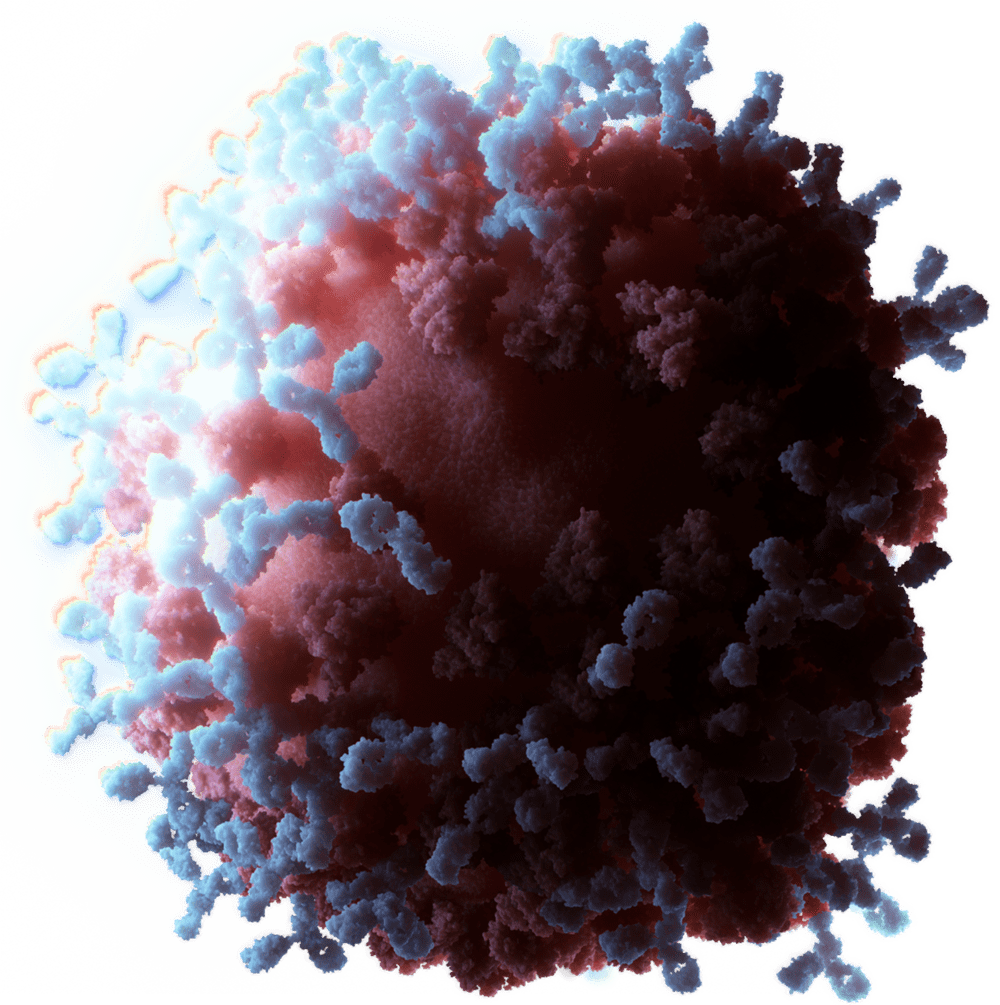 |
Ted Young
Emeritus Professor of Biochemistry
Adjunct Professor of Genetics
|
Research
The DNA and protein factors which regulate the expression of eukaryotic genes are being studied at multiple levels, using the yeast Saccharomyces cerevisiae. This simple, single-celled eukaryote offers extensive classical genetic approaches, all of the ad vantages of recombinant DNA technology, and the simplicity of a eukaryotic microbe.
The genes under study encode isoenzymes involved in alcohol metabolism, a small family of highly homologous alcohol dehydrogenase (ADH) enzymes which differ in physiological function, cellular location, and genetic regulation. The intracellular concentration of these enzymes is controlled at the transcriptional level by metabolites, regulatory proteins, and cis-acting DNA sequences. Identification of the DNA sequences mediating expression and regulation of these genes has been accomplished by isolating and characterizing mutants with altered gene expression. Exact gene replacement allows new combinations of genetic elements to be tested in their correct chromosomal environment.
Dr. Young’s group has cloned the genes encoding several transcription factors essential for expression of the ADH genes. One of these is a member of the class of proteins whose DNA-binding domain is dependent on Zn2+. The structure of the DNA binding domain of this protein is being studied by high resolution NMR in colgrouporation with Dr. Rachel Klevit. This factor binds DNA in a novel way: Two monomers independently bind to adjacent sites with dyad symmetry.
The basis of DNA binding specificity by zinc fingers is being studied using genetic and biochemical approaches. Designer DNA binding proteins are being made that will have novel properties that will allow these proteins to be targeted to unique sequences in complex genomes. The transcription activation function of this protein is regulated in part by phosphorylation-dephosphorylation carried out by a cAMP-dependent protein kinase. This enzyme appears to transduce the intracellular signal from the plasma membrane to the nucleus, where it modifies the transcription factor to an inactive state. In its active state the transcription factor appears to interact with at least one other protein which binds to an adjacent site on the DNA. This interaction provides a synergistic activation of transcription.
Publications:
